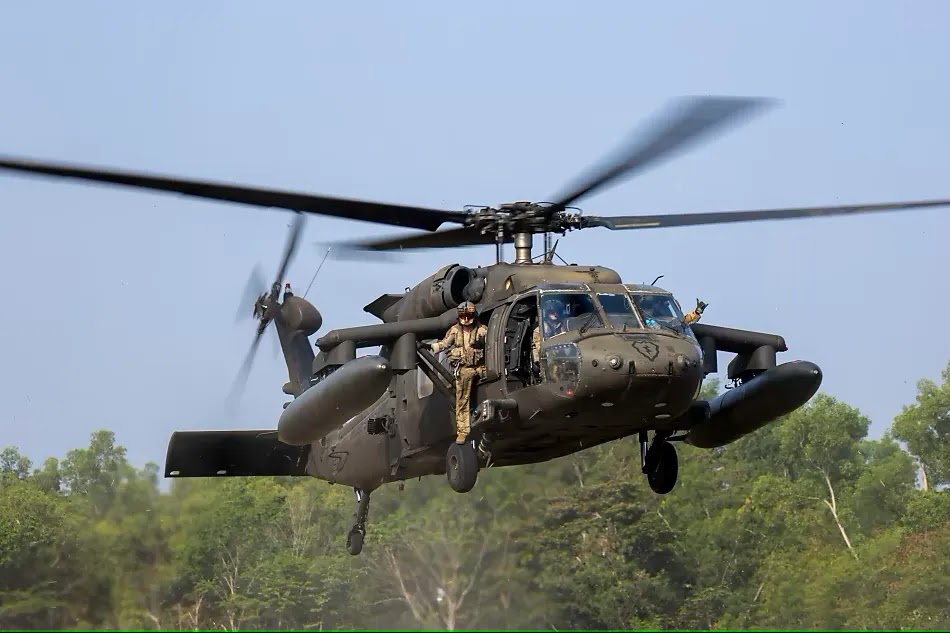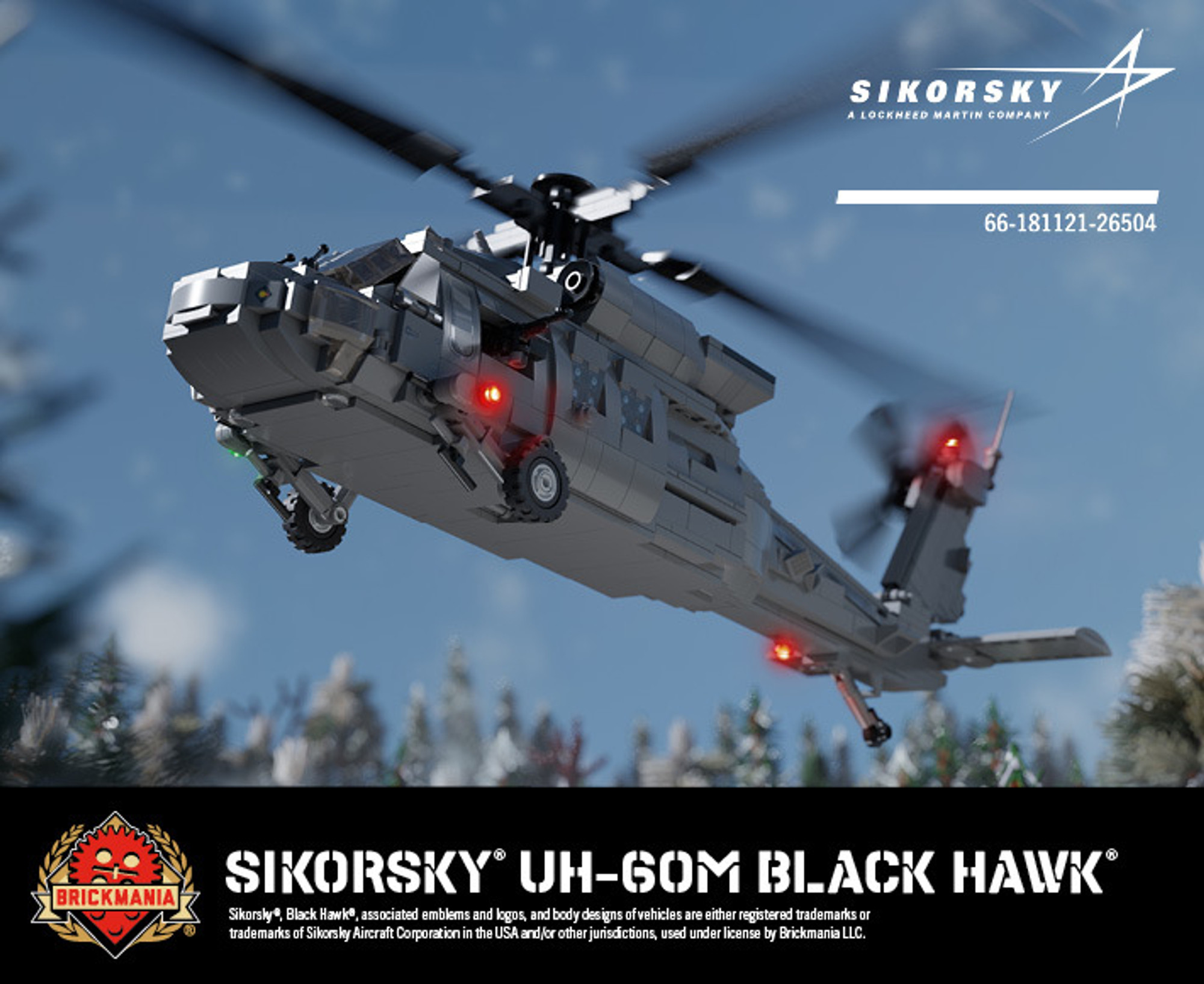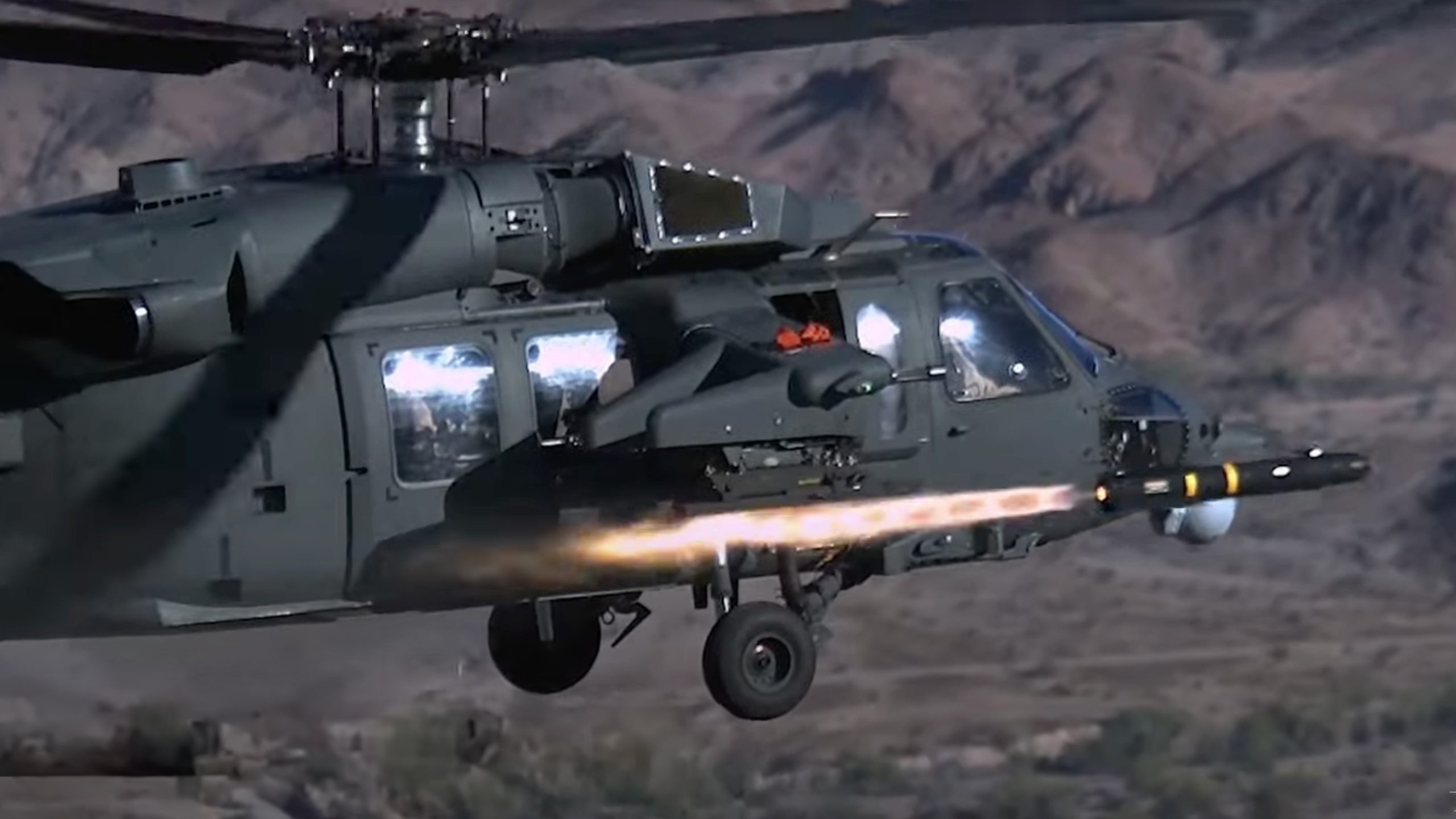Understanding the UH 60: Design, History, and Its Impact on Military Aviation
Understanding the UH 60: Design, History, and Its Impact on Military Aviation
Blog Article
Discovering the History and Development of the UH 60 Helicopter

Beginnings of the UH-60
The beginnings of the UH-60 helicopter can be mapped back to the late 1960s, a duration noted by the need for a versatile utility aircraft that could adapt to the progressing needs of modern-day war. The united state Military recognized the necessity for a replacement for the older UH-1 Iroquois, which was becoming progressively insufficient for the intricacies of modern combat situations. In 1967, the Military started the Energy Tactical Transportation Airplane System (UTTAS) program, which looked for to create a multi-role helicopter with the ability of various objectives, consisting of troop transportation, medical discharge, and logistical assistance.
The design competition attracted numerous aerospace suppliers, but it was Sikorsky Airplane Corporation that inevitably safeguarded the contract in 1972. The UH-60 Black Hawk was introduced, showcasing cutting-edge design elements and advanced technology that set it aside from its predecessors. Its maiden trip took place in 1974, and the airplane was officially adopted by the Military in 1979. The UH-60 promptly got recognition for its robust efficiency, dependability, and versatility, leading the way for its considerable usage in armed forces operations and strengthening its condition as a cornerstone of united state Army aviation.
Secret Design Attributes
Ingenious style features of the UH-60 Black Hawk dramatically contribute to its functional efficiency. Among one of the most notable facets is its twin-engine configuration, which improves integrity and offers a greater power-to-weight proportion, enabling the helicopter to do under various conditions. The airplane's four-blade main blades system offers enhanced lift and ability to move, vital for tactical goals.

Additionally, the cabin is created for ideal visibility and ergonomics, including sophisticated avionics that simplify pilot procedures. The modular design of the UH-60 permits very easy upkeep and versatility, making it suitable for different objective accounts, from troop transportation to medevac operations. These vital design functions make sure that the UH-60 Black Hawk continues to be a flexible and reputable asset in military aviation, qualified of meeting the needs of contemporary war.
Technical Improvements
Recent technical developments in the UH-60 Black Hawk have dramatically boosted its functional capacities and convenience. The integration of sophisticated avionics, such as electronic trip control systems and improved situational recognition displays, allows pilots to operate with official site boosted accuracy and efficiency. These systems assist in enhanced navigating, interaction, and data sharing, enabling the helicopter to function properly in diverse environments.
Additionally, the intro of composite materials has actually reduced the general weight of the airplane while keeping structural integrity. This reduction enhances gas effectiveness and extends operational array. The unification of advanced rotor technology, consisting of using four-blade, completely articulated blades systems, has actually enhanced lift performance and ability to move, enabling much better handling in different flight problems.

Moreover, advancements in propulsion systems, such as the T700-GE-701D go to this site engines, have actually increased power result and reliability - uh 60. These engines add to exceptional performance in high-altitude and hot-weather conditions
Lastly, the integration of self-defense systems and boosted sensing unit bundles boosts the Black Hawk's survivability and goal effectiveness. Jointly, these technical renovations make certain that the UH-60 Black Hawk stays an essential possession in modern air travel, efficient in adjusting to the developing demands of humanitarian and army missions.
Role in Armed Force Operations
As the backbone of united state Military air travel, the UH-60 helicopter plays an essential duty in different military procedures, working as a functional platform for combat support, transportation, and medevac goals - uh 60. Its design integrates the capacity to operate in diverse settings, making it important for army motion and logistical support in both unique and traditional war

In clinical evacuation circumstances, the UH-60 has proven very useful, significantly decreasing the moment to transport damaged soldiers from the field of battle to medical centers. Its sophisticated avionics and evening vision capabilities better make sure mission success under difficult conditions. On the whole, the UH-60 helicopter continues to be an essential asset, continually adjusting to fulfill the developing needs of military procedures and boosting the effectiveness of U.S. pressures worldwide.
Future of the UH-60
Looking ahead, the future of the UH-60 helicopter includes considerable developments in modern technology and abilities designed to boost its operational efficiency. As military operations progress, the UH-60 is anticipated to incorporate advanced innovations, consisting of improved avionics, enhanced tools systems, and progressed communication devices. These improvements will certainly permit higher situational recognition and objective flexibility, ensuring that the UH-60 stays a vital possession on the combat zone.
One noteworthy advancement is the assimilation of fly-by-wire systems, which will enhance trip control accuracy and decrease pilot workload. Initiatives to update the airframe and engines intend to increase rate, haul, and array capability, consequently broadening the helicopter's operational scope.
The future also holds guarantee for enhanced interoperability with unmanned aerial systems (UAS), allowing collaborated objectives that take advantage of both manned and unmanned abilities. Furthermore, the consolidation of man-made intelligence and artificial intelligence could optimize flight characteristics and maintenance procedures, bring about lowered functional expenses.
Final Thought
The UH-60 Black Hawk helicopter represents a significant success in army aeronautics, progressing from the U.S. Army's first demands for a flexible utility airplane. Its ingenious design attributes and continual technological developments have guaranteed its significance in various army procedures over the decades. As the needs of contemporary warfare adjustment, the future of the UH-60 will likely include more improvements and adaptations, enhancing its condition as an important asset for armed pressures dig this worldwide.
The UH-60 Black Hawk helicopter stands for a significant landmark in armed forces aeronautics, arising from the U.S. Military's quest for an extra flexible and dependable utility airplane in the late 20th century.The origins of the UH-60 helicopter can be mapped back to the late 1960s, a period noted by the need for a functional utility airplane that could adjust to the developing demands of modern warfare. In general, the UH-60 helicopter remains a vital asset, continuously adapting to satisfy the developing needs of armed forces procedures and enhancing the efficiency of United state forces worldwide.
Looking ahead, the future of the UH-60 helicopter entails substantial advancements in innovation and capacities designed to improve its functional performance.The UH-60 Black Hawk helicopter represents a considerable success in military air travel, progressing from the United state Army's initial demands for a functional energy aircraft.
Report this page